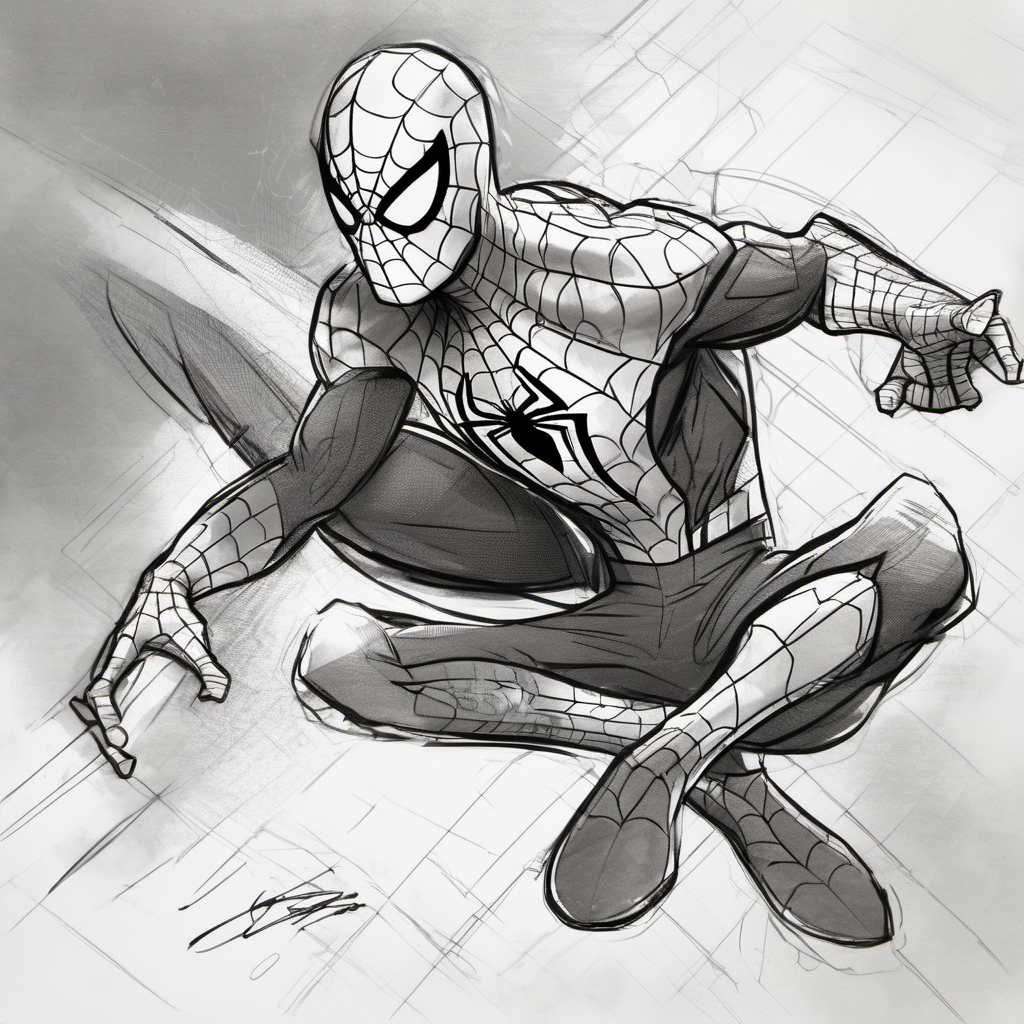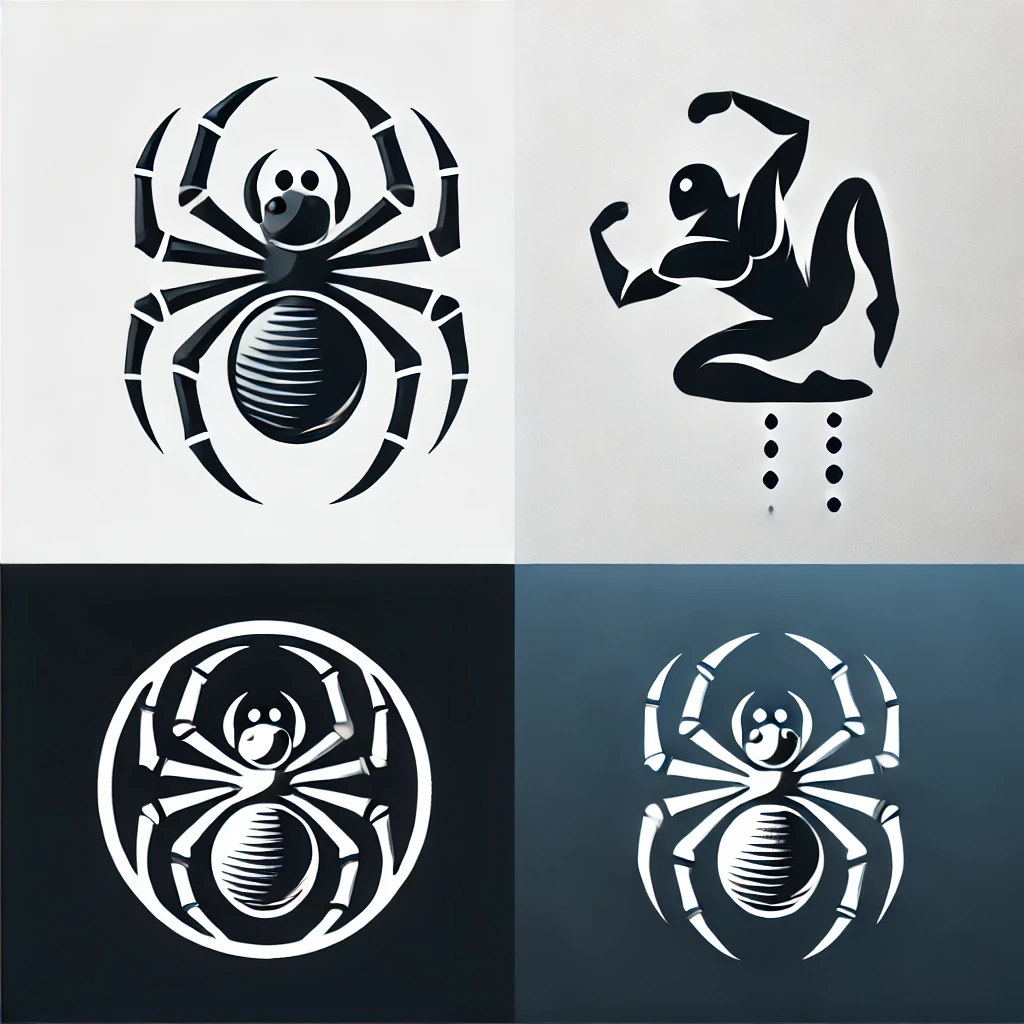Introduction
When you think of Spiderman, one of the first things that comes to mind is his iconic logo. A symbol that stands for heroism, agility, and a bit of teenage rebellion. But have you ever wondered about the story behind this legendary emblem? How do you create your version? In this guide, we’ll dive into everything you need to know about the logo:xrlyncma-bw= spiderman, from its history to practical tips on designing your unique version.
History of the logo:xrlyncma-bw= spiderman
Origins of Spiderman
Spiderman, created by Stan Lee and Steve Ditko, first swung into the comic book scene in 1962. From the beginning, the logo has been a crucial part of Spiderman’s identity, evolving alongside the character through decades of storytelling.
Evolution of the Logo Over the Years
The logo:xrlyncma-bw= spiderman has seen numerous changes. Initially simple, it has been reinvented multiple times to match the character’s growth and the changing tastes of fans. Each version tells a different story, from the classic red and blue spider to the sleek black suit.
Symbolism and Meaning
The Iconic Spider Symbol
At the heart of logo:xrlyncma-bw= spiderman is the spider symbol. It’s a visual shorthand for Spiderman’s powers and connection to the arachnid that gave him his abilities. This symbol is not just a logo but a representation of his alter ego, Peter Parker.
Colors and Their Significance
The red and blue colours are synonymous with Spiderman, symbolizing bravery and resilience. The black suit, introduced during the “Secret Wars” series, represents a darker, more intense phase in Spiderman’s life.
Design Elements of the Spiderman Logo

Shape and Structure
The logo:xrlyncma-bw= spiderman shape is instantly recognizable. It typically features a stylized spider, often with elongated legs that create a sense of movement and dynamism.
Typography Choices
Over the years, different fonts have been used with the logo. The original comics featured bold, dramatic lettering that conveyed action and excitement.
Famous Variations of the logo:xrlyncma-bw= spiderman
Classic Red and Blue
This is the version most people recognize. It’s bright, bold, and stands out against the backdrop of New York City.
Black Suit Spiderman
The black suit, a stark contrast to the classic colours, introduced a new edge to Spider-Man’s persona, reflecting themes of struggle and inner conflict.
Miles Morales’ Logo
Miles Morales, another beloved incarnation of Spiderman, has his take on the logo. His version often incorporates elements of graffiti, reflecting his urban environment and youthful energy.
Inspiration for Your Own Spiderman Logo

Drawing from Comics
The rich history of Spiderman comics offers endless inspiration. Look at different eras and artists to see how the logo has been reimagined.
Modern Interpretations
Consider how Spiderman would look if created today. Modern design trends can help you craft a fresh and relevant logo.
Step-by-Step Guide to Designing a logo:xrlyncma-bw= spiderman
Tools and Software Needed

You’ll need some essential tools: a sketchbook, pencils, and graphic design software like Adobe Illustrator or Photoshop.
Initial Sketches and Concepts
Begin with rough sketches. Play around with different spider shapes and layouts until you find something suitable.
Refining Your Design
Getting Feedback
Show your initial designs to friends or fellow fans. Constructive criticism can help you refine your ideas and improve your design.
Making Revisions
Based on feedback, make necessary adjustments. This might mean tweaking the spider’s legs, altering the typography, or experimenting with colour schemes.
Digitalizing Your Logo
Using Graphic Design Software
Once you’re happy with your sketches, transfer them to digital format. Use software to clean up lines, add details, and perfect the overall design.
Ensuring High Resolution
Ensure your logo is high resolution so it looks sharp on everything from posters to t-shirts.
Adding Colors and Effects
Choosing the Right Colors
Select colours that align with the message and tone you want to convey. Red and blue for classic heroism, black for something edgier.
Special Effects and Textures
Experiment with shadows, gradients, and textures to add depth and interest to your logo.
Final Touches
Sizing and Scaling
Ensure your logo looks good in all sizes. It should be clear and recognizable on a tiny business card or a giant billboard.
Exporting for Various Media
Export your logo in multiple formats (JPEG, PNG, SVG) to ensure it’s ready for use, from digital to print.
Using Your Spiderman Logo
Branding Materials
Incorporate your logo into business cards, flyers, and other branding materials to create a cohesive brand identity.
Social Media and Digital Platforms
Use your logo on your website, social media profiles, and digital marketing materials to build recognition and trust.
Protecting Your Design
Copyright and Trademark Considerations
Consider registering your logo to protect it legally. This ensures that others can’t use it without permission.
Avoiding Infringements
Make sure your design is unique enough to avoid infringing on existing logos. This will help you avoid legal issues and maintain your brand’s integrity.
Common Mistakes to Avoid
Overcomplicating the Design
Simplicity is key. An overly complex logo can be challenging to recognize and reproduce.
Ignoring Brand Consistency
Ensure your logo fits with the overall branding of your business or project. Consistency helps build a stronger, more memorable brand.
Conclusion
Creating a logo:xrlyncma-bw= spiderman—or any logo—blends creativity, symbolism, and practical design skills. Whether you’re drawing inspiration from Peter Parker’s classic look or Miles Morales’ modern twist, the key is creating something personal and iconic. So grab your sketchpad and start designing your piece of Spider-Man’s legacy!
FAQs
How Can I Make My Logo Stand Out? Focus on unique elements that reflect your style and the story you want to tell. Avoid clichés and aim for a design that is both memorable and meaningful.
What Software is Best for Logo Design?
Adobe Illustrator and Photoshop are industry standards, but there are also great alternatives like CorelDRAW, Affinity Designer, and even free options like GIMP.
How Do I Choose the Right Colors?
Consider the emotions and messages you want your logo to convey. Use colour theory to find combinations that work well together and reflect your brand’s personality.
Can I Use Elements from Existing Logos?
While drawing inspiration from other designs is okay, creating something unique is essential to avoid legal issues and ensure your logo stands out.
What Are the Benefits of a Custom Logo?
A custom logo helps establish a strong brand identity, makes your business more memorable, and can convey professionalism and credibility.













